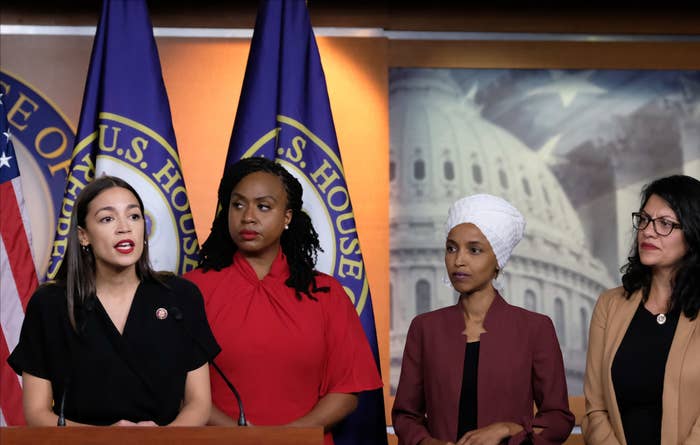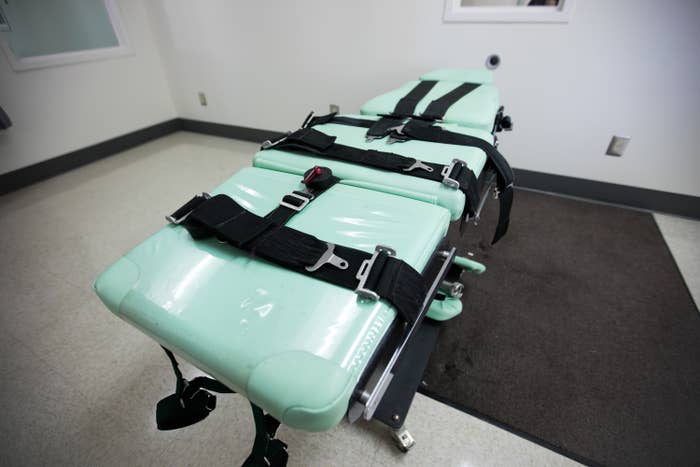Taking the measure of noise pollution during COVID lockdown
Issued on: 03/07/2020 -

The World Health Organization (WHO) has tagged noise pollution as the second most dangerous environmental risk factor for humans after air pollution Phineas RUECKERT AFP/File
Paris (AFP)
Samuel Challeat was riding his bike in the city of Toulouse in the hours before France's strict COVID-19 lockdown took hold when the thought came to him.
What impact will confinement have on the urban sound environment, and how could it be measured, he wondered.
That same day, Challeat, a geographer at the University of Toulouse II, launched an appeal to scientists and researchers around the world to measure the "unique perturbation" of city sounds during confinement.
The project, called Silent Cities, was up and running within 48 hours, and now has more than 350 participants in 40 countries around the world, including France, the United States, India and Brazil, Challeat told AFP in an interview.
Participants captured ambient sound -- recording one out of every 10 minutes -- and uploading the data into an open-source database.
Because the project is open-source, anyone can access the data and the sound files for free.
The World Health Organization (WHO) has tagged noise pollution as the second most dangerous environmental risk factor for humans after air pollution.
One in five Europeans is exposed to long-term noise pollution that is harmful to health, according to the European Environment Agency.
Confinement was the perfect natural experiment for establishing a baseline for noise pollution in cities, according to Jerome Sueur, a bioacoustician at Paris's natural history museum.
- Silent cities -
"It showed us to what extent we are in a noisy environment and allows us to quantify that," he said.
Sueur set up sound measurement instruments called magnetometers in Paris and Cachan, the suburb where he lives, as part of the Silent Cities project.
In mid-June, the magnetometer in the gardens of Paris's natural history museum had made more than 8,000 recordings and amassed 50 gigabytes of data, he said.
During confinement, noise was drastically reduced across the board in the French capital.
Environmental sound pollution dropped by as much as 90 percent in some areas of Paris during confinement, according to Fanny Mietlicki, the executive director of BruitParif, an organisation that measures urban noise pollution.
"It was an unprecedented situation over this long of a time period," she told AFP.
- Unhealthy noise levels -
As car, rail and air traffic slowed nearly to a halt, BruitParif's sound map of the Paris region -- typically red to indicate high-levels of noise pollution -- suddenly became green.
Noise pollution from automobile and train traffic alone costs the European Union -- in degraded health, lost productivity, and other impacts -- some 40 billion euros per year, according to a 2011 European Commission report.
Compared to air pollution, "noise seems to have a larger impact on indicators related to quality of life, and on mental health and well-being," said Eulalia Peris, the European Environment Agency's environmental noise expert.
Paris was the world's third most noise-polluted city, according to a 2017 report compiled by the WHO and Norwegian-based technology research group SINTEF.
The research also showed a tight statistical link between urban noise pollution and hearing loss.
Whether or not peace-and-quiet had positive effects on people is hard to say, Mietlicki cautioned.
"Not everyone had the same conditions of confinement," she said.
Challeat and his colleagues plan to publish a dataset paper at the end of the summer, and are currently seeking funding to extend the project into 2021 to measure noise pollution levels year-on-year, Challeat said.
This, he added, would be critical in showing just how unique the COVID-confinement moment was.
"We have grown accustomed to unhealthy noise levels in cities," said Peris, at EEA.
"Due to the drop in noise as a result of the lockdown, maybe people will start to realise that cities can be a lot quieter and more peaceful."
But a two- to three-month reduction in noise pollution during confinement most likely wouldn't have an effect on health, she cautioned.
"It requires societal change," she said.
© 2020 AFP


















